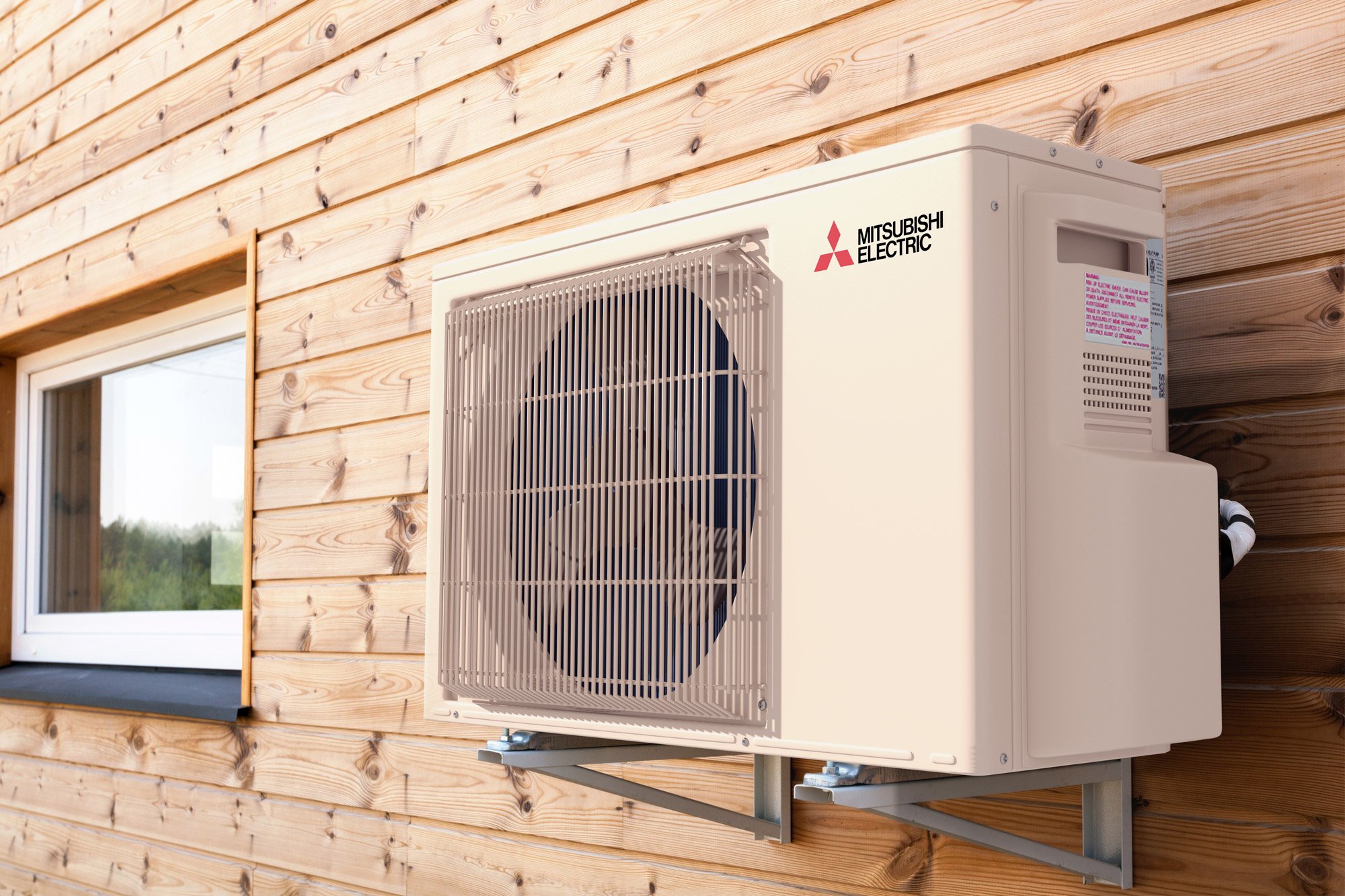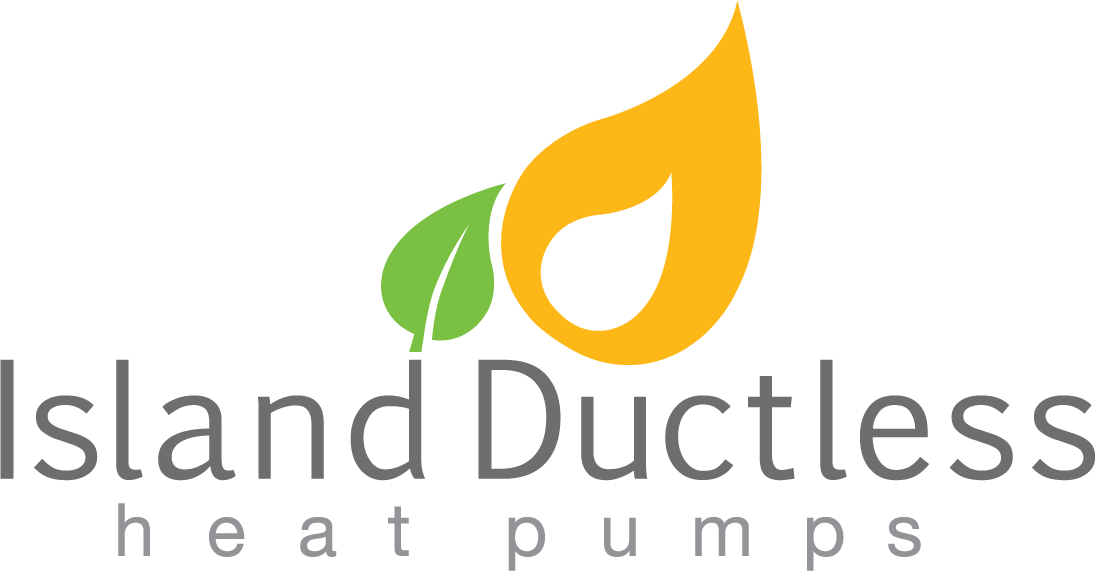Ductless Heat Pumps - In a Nutshell
Island Ductless -
February 17, 2022Ductless Heat Pumps Explained
With growing attention toward the climate crisis, many have turned their attention to ductless heat pumps, an environmentally conscious option for heating and cooling homes. As they gain in popularity, curious patrons are beginning to ask questions about air source systems and how they work, so let’s dive in and explore why so many people around the globe are gushing about going ductless!

Air Source Systems
There are three differing types of heat pumps, all powered by natural elements, including air source, water source, and geothermal (ground) systems.
At IDHP, we proudly and solely install air source ductless heat pumps and believe they are a highly effective option for people everywhere, especially PNW residents. Our systems are particularly notable for removing contaminants from indoor air, saving energy, and reducing utility costs. Interestingly enough, air source heat pumps weren’t a viable option for extremely cold climates in the past, however new technology has made them a highly desired option for temperatures as low as -13°F. Reducing your carbon footprint doesn’t mean you need to sacrifice indoor climate comfort!
How They Work
The Department of Energy asserts that heat pumps can lead to savings of about 50% in electric costs when compared with other heating methods, yet how do they actually work?
In short, our systems are installed on the exterior of homes or buildings and use outside air to regulate indoor temperature. Instead of generating heat from burning fossil fuel, ductless heat pumps simply move heat energy from one place to another. Specifically, the outdoor unit absorbs heat from the air into the refrigerant and transfers the heat to various areas of your home via refrigerant running through copper lines to the strategically placed indoor units. It can run in reverse and transfer heat from inside your house to the outside. It is a heat railroad!
Main Parts
- Outdoor unit: Contains coils that power evaporation in heating mode and condensation in cooling mode.
- Indoor unit: Contains coils, a fan to circulate air through the coils and into your home, and reusable filters to capture particulates (which keep indoor air clean).
- Refrigerant: Absorbs and releases heat as it runs through the coils, transferring heating either into your home or out of your home.
- Compressor: Acts as a pressurizing agent to prepare the refrigerant to absorb heat.
- Reversing valve: Controls the direction of refrigerant in the system to enable switching between heating and cooling modes.
- Expansion valve: Aids the refrigerant in converting from a liquid to a gas to absorb heat.
In Closing
Installation of air source ductless heat pumps will not only ease stress on the environment, but will also reduce energy usage, lower utility bills, and improve indoor air quality. Contact us to learn more about how our heating and cooling systems can transform the comfort of your home.



